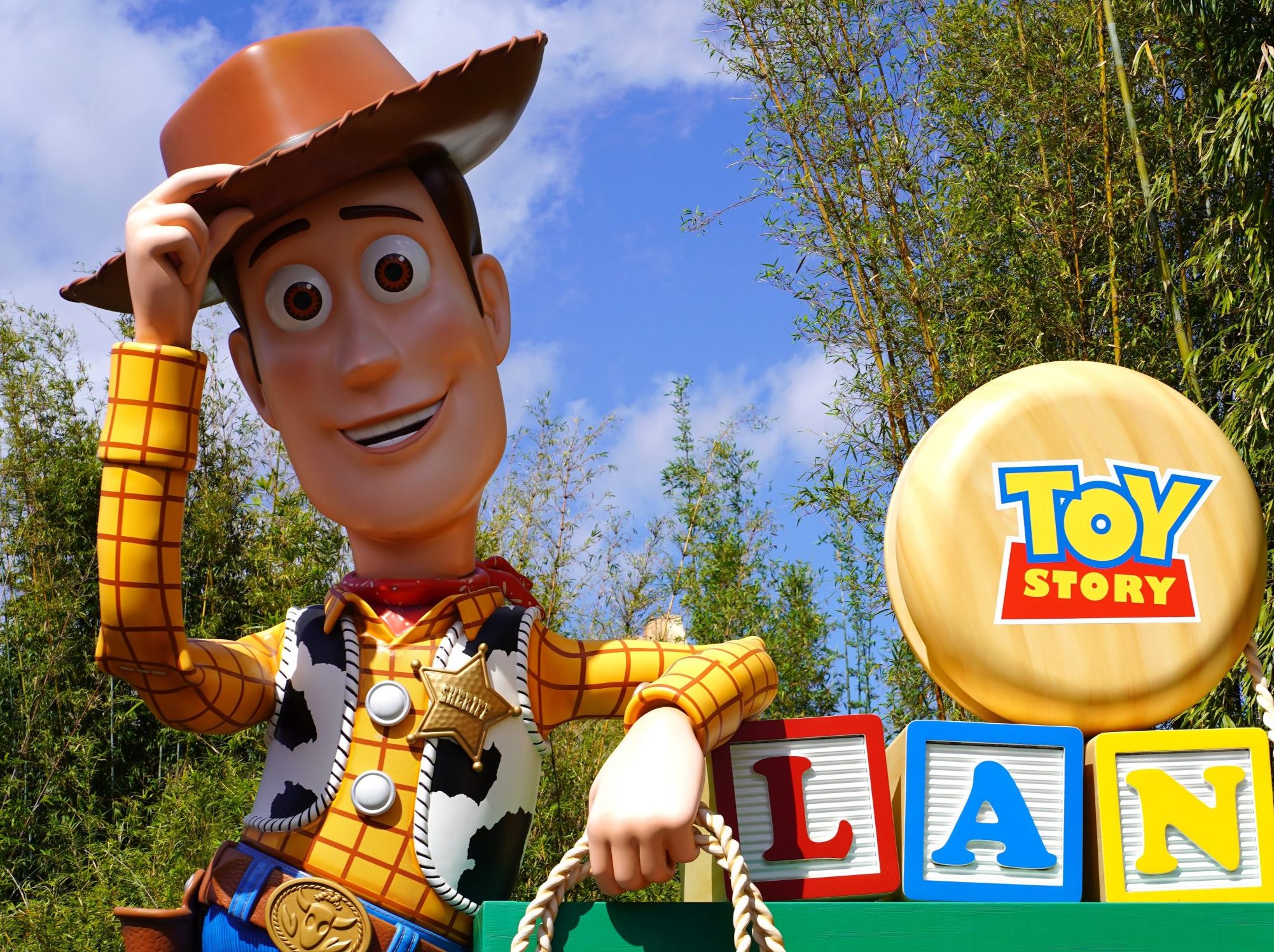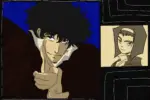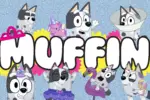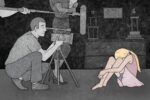In 2009, Disney released what would be their final feature-length film animated in 2D with traditional hand-drawn style animation: “The Princess and the Frog.” Despite its mostly positive reviews, “The Princess and the Frog” was a commercial flop. The film, though its budget exceeded $100 million, scraped in an unimpressive $269 million in return.
How could this be? Perhaps the film was already destined to fail. While “The Princess and the Frog” was archetypal of the classic “Disney-esque” style, it failed to capture viewers’ hearts in the same way its predecessors had. This commercial failure prompted a sobering new question from Disney’s animation studios: what now?
Traditional Animation and the “Disney Renaissance”
As feature-length animation grew throughout the latter half of the 20th century and became a more and more commonplace film medium, its technology evolved with it. Before this, however, the earliest marriage of animation and film technology dates back to the mid-1910s and consisted of many separate pieces of paper being photographed one after the other, much like a flipbook. Because it was difficult for drawings — and backgrounds in particular — to be replicated exactly, this would give the finished product a shaky, unstable look.
This technique would be improved upon in the 1920s with the advent of cel animation, wherein pictures would be drawn on transparent sheets and redrawn sequentially. This meant that individual character and foreground animations could be placed over a background that didn’t have to be redrawn each frame, saving time and making the process more efficient. This became the standard for animation worldwide, and cel animation dominated the industry for the rest of the 20th century.
The Walt Disney Studios was undisputedly the reigning champion of Western animation throughout this period. Though the company endured financial hardships in its fledgling years, the release of films like “Beauty and the Beast” and “The Little Mermaid” would revitalize its growing reputation. These hits, among others, were released during the poetically named “Disney Renaissance,” which ran from 1989 to 1999 and saw the production of mega-hit blockbusters that were received with critical acclaim. Not only was the Disney franchise carving a niche for itself within the public consciousness, but it was also defining animation as a respectable art form.
Pixar and CGI
In the mid-’90s, however, something would change. Until that time, Disney had had an unrivaled grasp on the big screen. Then, in 1995, the newly-created studio Pixar released its first film: “Toy Story.” The fully-CGI feature was the first of its kind — a headfirst dive into a medium that was previously unexplored.
CGI, or computer-generated imagery, was a stark contrast to its traditional, hand-drawn counterpart. Also referred to as 3D animation, the method was entirely computer-based, using models that are created and rendered digitally. Today, 3D animation is commended for its hyper-realism while still retaining the fluidity and distinct cartoonishness of its hand-drawn parent.
In the ’80s and ’90s, however, CGI was still a burgeoning craft, and its growing pains were readily apparent. Whereas hand-drawn animation had been honed for over half a century, CGI was a relatively new pursuit. As a result, the computer-animated style of ’90s films like “Toy Story” and Pixar’s subsequent project, “A Bug’s Life,” has not aged terribly well. When watching one of these films today, the animation can look rigid and at times uncanny — a far cry from the breathtaking visuals of 2021.
Despite its early stumbles, these CGI features were a hit with audiences, and their success would embolden other creatives to follow in their path. Disney itself would go on to release its first CGI feature, “Chicken Little,” in 2005, but the film received incredibly unfavorable reviews and is still considered one of the studio’s more embarrassing box office flops. Compared to its competitors, Disney was lagging. Rival studios Pixar, DreamWorks and Blue Sky were producing exclusively CGI films, and audiences wanted more.
In 2006, Disney merged with Pixar, and at last, after the final nail in the coffin that was the lackluster performance of “The Princess and the Frog,” Disney made a complete switch to CGI. The studio would go on to produce films such as “Tangled,” “Frozen” and “Big Hero 6” in the following years, all of which were huge hits. The transition was a success!
CGI for the Win
So, what led to the popularity of CGI animation? The earliest computer-animated films were largely experimental, yet they still resonated with audiences. After these initial successes, studios began to put more time and resources into the development of this new medium, meaning more experienced animators and more polished finished products. The nature of 3D modeling and texturing allowed for a level of fine detail difficult to achieve with hand-drawn, painted animation, and today, more than 25 years after its introduction to the big screen, CGI is still making monumental strides and looking more and more realistic by the day. This makes for an enthralling theater experience, as well as an enjoyable rewatch for lovers of tiny detail.
In terms of production, the transition to CGI eased some of the burdens presented by traditional animation as well. Revising a traditionally animated scene can be tedious. When something needs to be changed, every frame must be partially or fully redrawn. This can add months to production time, and makes revisions difficult late in the process.
CGI animation, in comparison, is notably easier to make changes to. Moving a 3D character in a digital space is much like moving a puppet on a stand. Since the object doesn’t need to be redrawn in order to be revised, changes can be made without starting from scratch.
This doesn’t mean that CGI animation is effortless in comparison to traditional animation. On the contrary, both are challenging, and both demand hard work on the part of everyone involved. Despite this, many studios have nonetheless found 3D animation to be the more suitable option within the modern industry.
What About Traditional Animation?
But what does this mean for traditional, 2D techniques?
CGI is undoubtedly popular among studios and audiences alike. It’s easier to correct, visually striking and it showcases the awe-inspiring syncretism between technology and art. Does this mean that traditional animation is dead for good? It’s difficult to say. As of now, American animation does trend overwhelmingly toward computer-based 3D animation. With the occasional exception, every major studio animated film to come out in the last 10 years has been largely CGI.
That doesn’t mean that traditional animation has become obsolete. TV animation on the small screen is still largely traditional. Cartoon Network Studios and Nickelodeon Animation are only a couple examples of prominent studios within the realm of TV, and both showcase a variety of traditionally animated series.
Outside of the U.S., traditional animation is still popular both in feature films and TV series. Japan is perhaps the world’s leading powerhouse when it comes to animation, but anime remains largely 2D. Given anime’s monumental impact on American animation, it’s not impossible to imagine that hand-drawn animation might become popular once more.
It’s not entirely fair to delegate traditional animation to the realm of obscurity. After all, both 2D and 3D animation are critical developments of the art form. While traditional animation may be waiting in the wings now, its artistic impact and merit are nothing to ignore. Just as art is fluid and flexible, so too are the mediums through which it is conveyed.

















